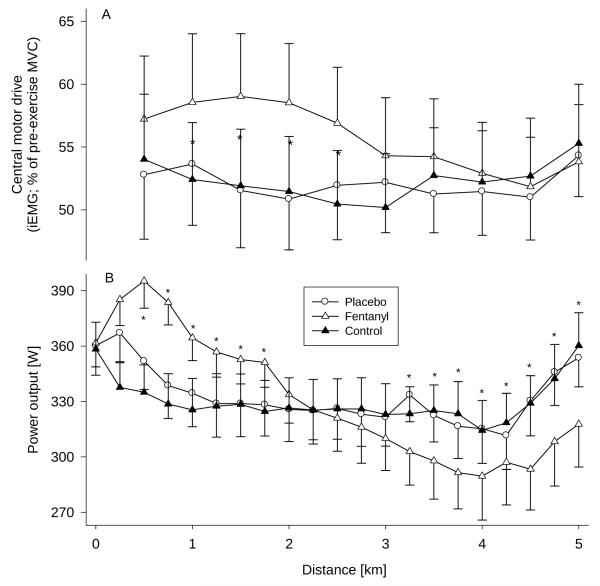Figure 3. Effect of lower limb muscle afferent feedback on central motor drive (CMD) and power output.
Data were obtained during 5 km cycling time trials performed under control conditions, with a placebo injection (interspinous ligament injection of sterile normal saline, L3-L4), and with intrathecal fentanyl (L3-L4). A: Effects of blocking the central projection of group III/IV muscle afferents on CMD (estimated via changes in integrated vastus lateralis EMG (iEMG)) during the race. Mean vastus lateralis iEMG was normalized to the iEMG obtained from pre-exercise quadriceps MVC maneuvers. Each point represents the mean CMD of the preceding 0.5 km section. B: Mean power output during the 5 km time trial with and without impaired afferent feedback. The subjects were required to reach an individual target power output before the race was started. *P<0.05 (Fentanyl vs Placebo). n = 9. From Amann et al. (2009).41

